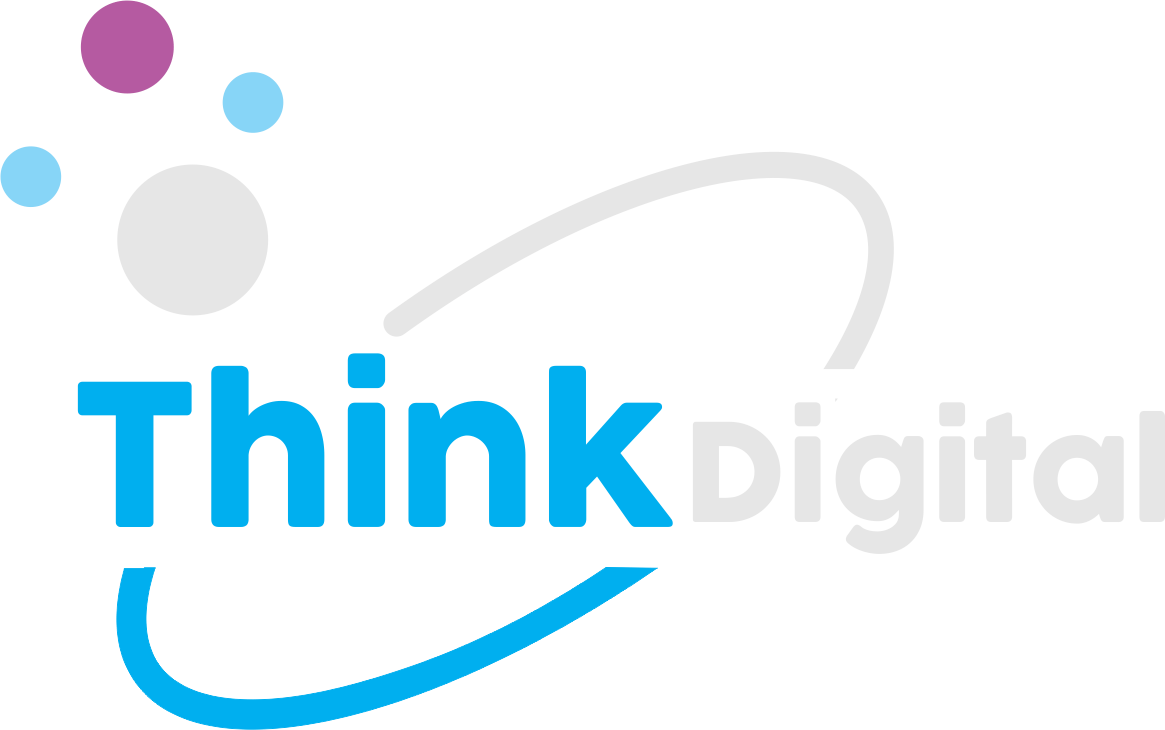The demands as well as SEO mistakes are growing every day
So are the opportunities in SEO.
Not only is the SEO discipline expanding, so is the size of the market, which is predicted to reach $1.6 billion by 2027.
SEO has developed over recent years from being a siloed practice to a significant revenue channel.
A channel that is becoming integrated into content marketing practices and overall digital strategies.
Below are some common SEO mistakes with tips on how to avoid them.
1. Optimize website Information Architecture
Website architecture refers to how your website is structured. More specifically, how easy it is for your visitors to navigate your site and find what they’re looking for. Website architecture, and its close cousin information architecture, can affect your site’s user experience and even more concrete metrics like your conversion rates and engagement.
If your website architecture and information architecture aren’t well thought out, your visitors might leave your site rather than continue struggling to find the relevant content. Whether you’re running a blog, eCommerce store, or any other type of website, that will hurt your site.
2. Remove duplicated content
Duplicate content can create a lot of problems for search engines, and so for the best search engine optimization (SEO) results, you should remove it from your Web site.
Content on the Web and on your own site can become duplicated either intentionally or by accident. Whatever the copycat’s motivation is, you don’t want people copying your original content if you can help it.
There are two basic types of duplicate content:
-
Outside-your-domain duplicate content. This type happens when two different Web sites have the same text.
-
Within-your-domain duplicate content. This second type refers to Web sites that create duplicate content within their own domain (the root of the site’s unique URL, such as www.domain.com).
Sites can end up having within-your-domain duplicate content due to their own faulty internal linking procedures, and often Webmasters don’t even realize they have a problem. If two or more pages within your own site duplicate each other, you inadvertently diminish the possibility of one or the other being included in search results.
You can end up with duplicate content within your own site for a variety of reasons, such as having multiple URLs all containing the same content; printer-friendly pages; pages that get built on the fly with session IDs in the URL; using or providing syndicated content; problems caused by using localization, minor content variations, or an unfriendly content management system; and archives.
You should always stick with the best practice of having unique, original content throughout your site. Stay away from the edges of what might be all right with the search engines and play within the safe harbor.
3. Update Google My Business
Keep your business info up to date
When your business information is verified on Google, you can keep your business’s online presence current with accurate and timely information.
If you still need to claim and verify your Business Profile, get started with Sign up and verify your Business Profile.
Update your business information
When information about your business changes, you can update your Business Profile. Regular updates help ensure we can share the most accurate information with your potential customers. In some cases, we might not accept changes if we believe they’re inaccurate.
View the types of information you can update
- Business hours
- Physical address
- If you change your address, you need to complete the verification process again to confirm the new address.
- Phone number
- Category
- Explain what kind of business you run.
- Website
Tip:You can also add new Business Profiles for multiple businesses.
4.Broken Images and Missing Alternative Texts
Alternative tags, or alt tags, are HTML attributes of images that help describe the content. With regard to on-page SEO problems, alt tags need to be addressed. There are instances when the image component on your website does not render well due to improper filename, incorrect file path, or the wrong extension used. In these cases, an alt tag for the image will describe its contents and functions on the page. It also reinforces the desired keyword by helping crawlers understand the information on the page. Broken images or missing alt tags are common errors made.
5.Outdated Content and Information on Site
The old content on your website can drag down your site’s authority. There are a lot of search results found on the SERP for a particular query, but not everything is relevant to the readers. If the search engine finds that your content is outdated or irrelevant, your site will get filtered out. You will, in a way, be wasting your site’s crawl allowance on crawling and indexing pages that are no longer relevant. It can even cost you the traffic leading to your site as the bounce rate for such pages could drastically increase.
6. Not Optimizing Your Website for Mobile
Living in a mobile-first world now, many users rely on mobile devices rather than computers. There are several advantages to having mobile-friendly websites as they make up more than half the search results on Google. At the same time, you will likely lose viewers if your page is not optimized for mobile. If you haven’t made use of this feature, then your site is also missing out on the most advanced types of design.


